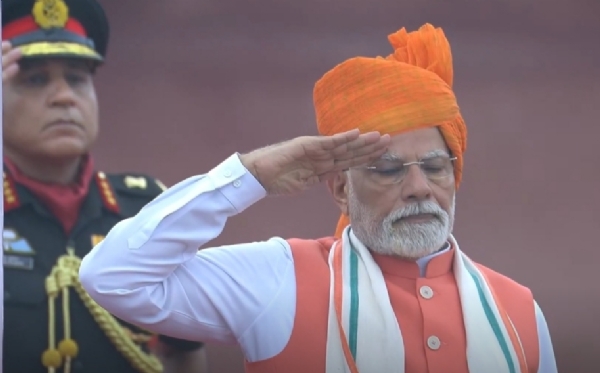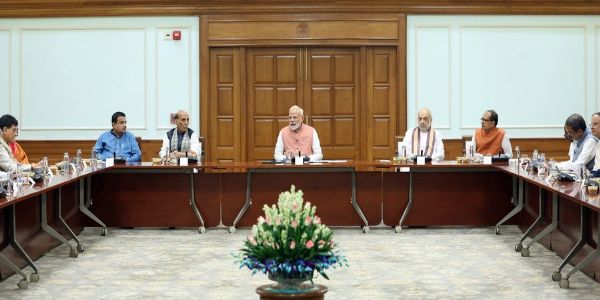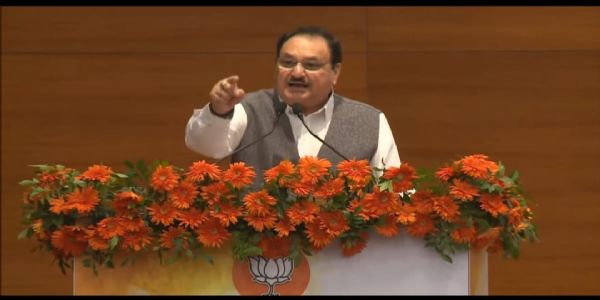
New Delhi, August 15(HS): On the occasion of India’s 79th Independence Day, Prime Minister Narendra Modi spotlighted the transformative impact of the Goods and Services Tax (GST) since its implementation in 2017, emphasizing it as a landmark reform that has significantly benefited the nation’s economy and its people.
In a decisive address underscoring the vision for an Atmanirbhar Bharat (self-reliant India), the Prime Minister announced ambitious next-generation GST reforms anchored on three pivotal pillars: structural reforms, rate rationalisation, and ease of living. These reforms aim to deepen economic inclusion by easing tax burdens and simplifying compliance for the common man, women, students, middle class, farmers, and MSMEs.
The Central Government has formally submitted a comprehensive proposal to the Group of Ministers (GoM) under the GST Council, setting the stage for pivotal deliberations and consensus-building with States to actualize these reforms within the current financial year.
Structural Reforms:
Harmonizing Taxation for Domestic Growth
Among the key priorities is the correction of inverted duty structures, a move designed to align input and output tax rates, reducing the accumulation of input tax credit and fostering domestic value addition. The proposal also targets long-standing classification disputes, promoting greater uniformity and predictability in tax administration to bolster industry confidence and streamline compliance.
Rate Rationalisation: Simplifying Slabs, Easing Tax Burden
The reforms envision sweeping rate rationalisation to enhance affordability and stimulate consumption. This includes a reduction in tax rates on essential and aspirational goods, aiming to make them accessible to a broad spectrum of society. A strategic move toward simplification is planned, transitioning toward a two-slab system—standard and merit—with special rates retained only for select items. The recent cessation of the compensation cess provides fiscal flexibility to sustainably align tax rates within the GST framework.
Ease of Living: Streamlining Compliance Through Technology
To further empower businesses, especially small enterprises and startups, the reforms propose tech-driven enhancements such as seamless, time-bound registration processes, pre-filled returns to minimize manual errors, and expedited, automated refund mechanisms—particularly benefiting exporters and those affected by inverted duty structures.
Championing Cooperative Federalism
Reflecting the ethos of cooperative federalism, the Centre is committed to fostering an inclusive, consensus-driven dialogue with States and stakeholders to ensure seamless implementation. The upcoming GST Council meeting is anticipated to finalize deliberations on the GoM’s recommendations, aiming for swift adoption that delivers tangible benefits across the country.
With these reforms, the Government reaffirms its pledge to refine GST into a simple, stable, and transparent tax system that propels inclusive economic growth, fortifies the formal economy, and elevates ease of doing business nationwide.
---------------
Hindusthan Samachar / Jun Sarkar








